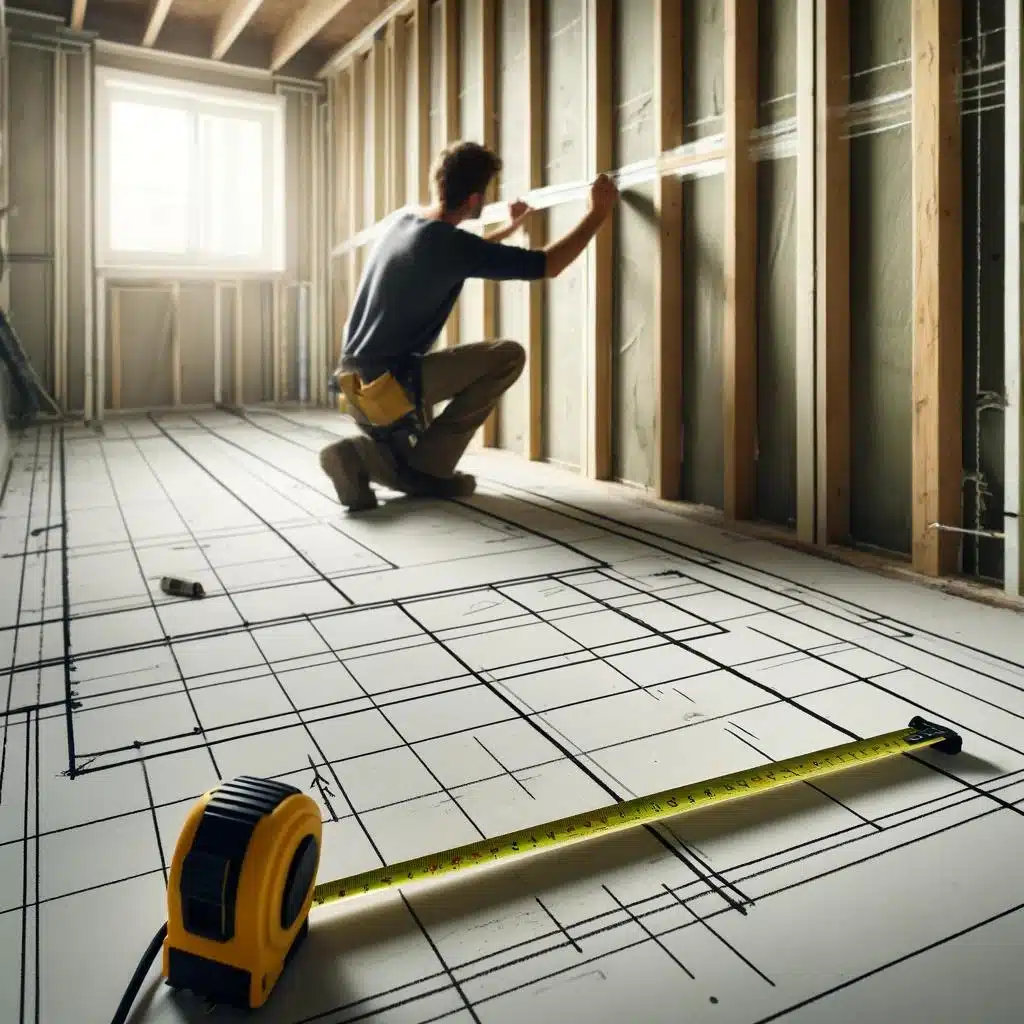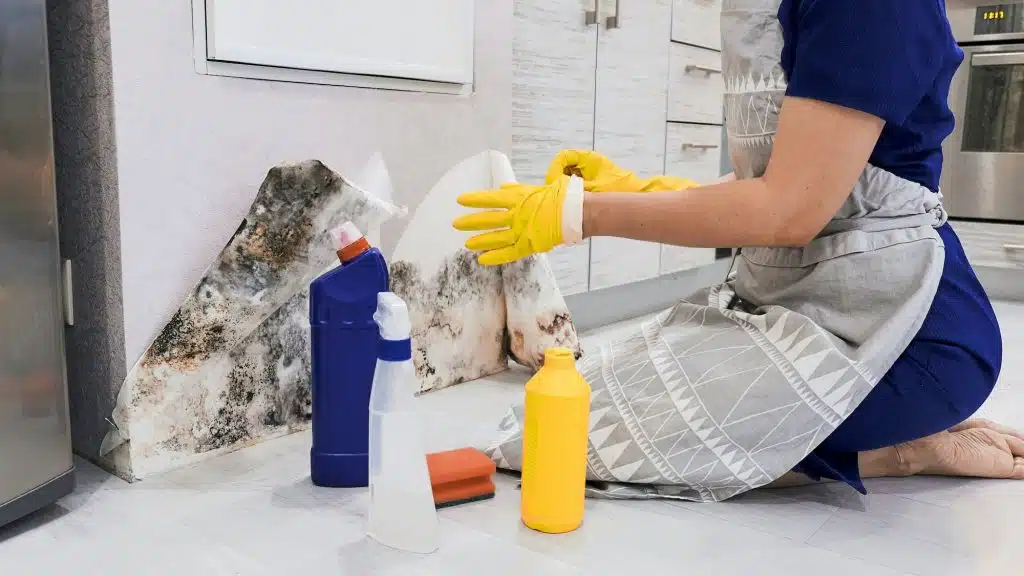Replacing windows in your home can improve energy efficiency and enhance the overall look and feel of your property. Whether you are a seasoned DIY enthusiast or a first-time DIYer, this guide will walk you through installing replacement windows to achieve the results you want safely and efficiently.
Preparation
Before you start the installation process, it is essential to ensure that you have all the necessary tools and materials. Some of the essential items you will need include:
- Replacement windows
- Measuring tape
- Level
- Screw gun
- Nails
- Caulk
- Putty knife
- Silicone sealant
- Safety glasses
Once you have all your tools and materials, it is time to measure your existing windows. This is crucial as it will help you determine the right size and type of replacement windows. Ensure that you measure the width and height of each window opening, including the frame, to get the most accurate measurements.
Removing the Old Windows
The next step is to remove the old windows. Begin by removing any interior trim or casing that surrounds the window. Then, remove any screws or nails that secure the window to the frame. If the window is difficult to remove, you may need to use a pry bar to loosen it gently. Once the old window is removed, clean up any debris and inspect the frame for damage. You must repair the structure before installing the new windows if it is damaged.
Installing the Replacement Windows
It is now time to install the new replacement windows. Start by applying a bead of silicone sealant around the inside perimeter of the window opening. Then, place the new window into the slot and centre it. Ensure the window is level and square in the gap before securing it. You can use screws or nails to fasten the window to the frame.
Once the window is secured, use a putty knife to apply a bead of caulk along the outside perimeter of the window. This will help to seal any gaps and improve energy efficiency. Finally, replace any interior trim or casing that you removed earlier.
Finishing Touches
After the installation process is complete, it is time to tidy up. Clean up any excess caulk or silicone sealant and inspect the window for leaks. If you notice any leaks, apply additional caulk or silicone sealant as needed. Finally, test the window to ensure that it opens and closes smoothly.
Conclusion
Installing replacement windows is a relatively straightforward process that can be completed in a day or two, depending on the number of windows you are replacing. By following the steps outlined in this guide, you can achieve professional results and improve your property’s overall look and feel. Whether you are a seasoned DIY enthusiast or a first-time DIYer, with the right tools and materials, you can successfully install replacement windows and enjoy the benefits for years.



